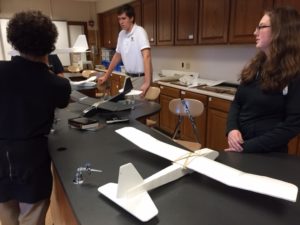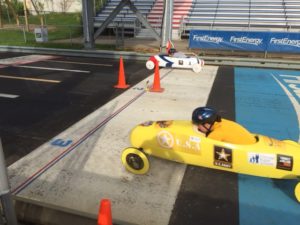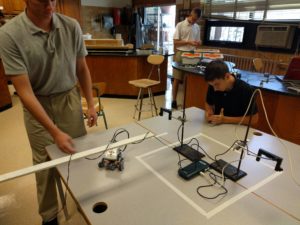Incorporating STEM into a school curriculum can be challenging for administrators and faculty members. But are the challenges any different for educators at a private, religious school than for those at a public school? To find out, we contacted two educators at St. Wendelin, a K-12 Catholic school in Fostoria, Ohio, which is in the Toledo Catholic Diocese. Cathy Krupp, principal, and Donald Elswick, STEM coordinator, collaborated on their answers to our questions about adding STEM-based education in their classrooms. They also discussed their participation in the Innovative Leaders Institute, a year-long training and mentoring experience managed by Battelle Education and led by STEM leaders across the country:
 Q: How long has STEM-based education been a part of the curriculum at St. Wendelin school, and why did you choose to incorporate it?
Q: How long has STEM-based education been a part of the curriculum at St. Wendelin school, and why did you choose to incorporate it?
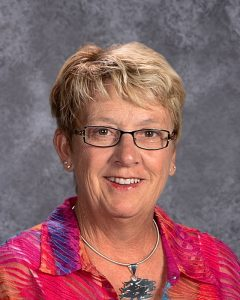
A: St. Wendelin school started informal efforts in STEM education in August 2014. The formal program started in August 2016.
We decided to incorporate STEM-based education because of our mission that includes learning lifelong lessons through a faith-based program of studies and extracurricular opportunities. STEM curriculum challenges and inspires real-world problem solving through 21st-century skills and lifelong learning.
Q: Is it presented at every grade level? In general, what courses/activities are STEM-based? What has been the reaction of students to this kind of teaching?
A: We are focusing our STEM education in grades 9-12 in 2016-17. We have a STEM club at the high school level where students are collaborating on design projects. We’ve added an electronics class where students build robots to solve real-world problems. At the junior high level, we initiated the Future City program, and our students will be attending this competition in the spring.
We are preparing grades K-8 for STEM education by using The Leader in Me curriculum, which is based on the principles of Stephen Covey’s “The 7 Habits of Highly Effective People.”
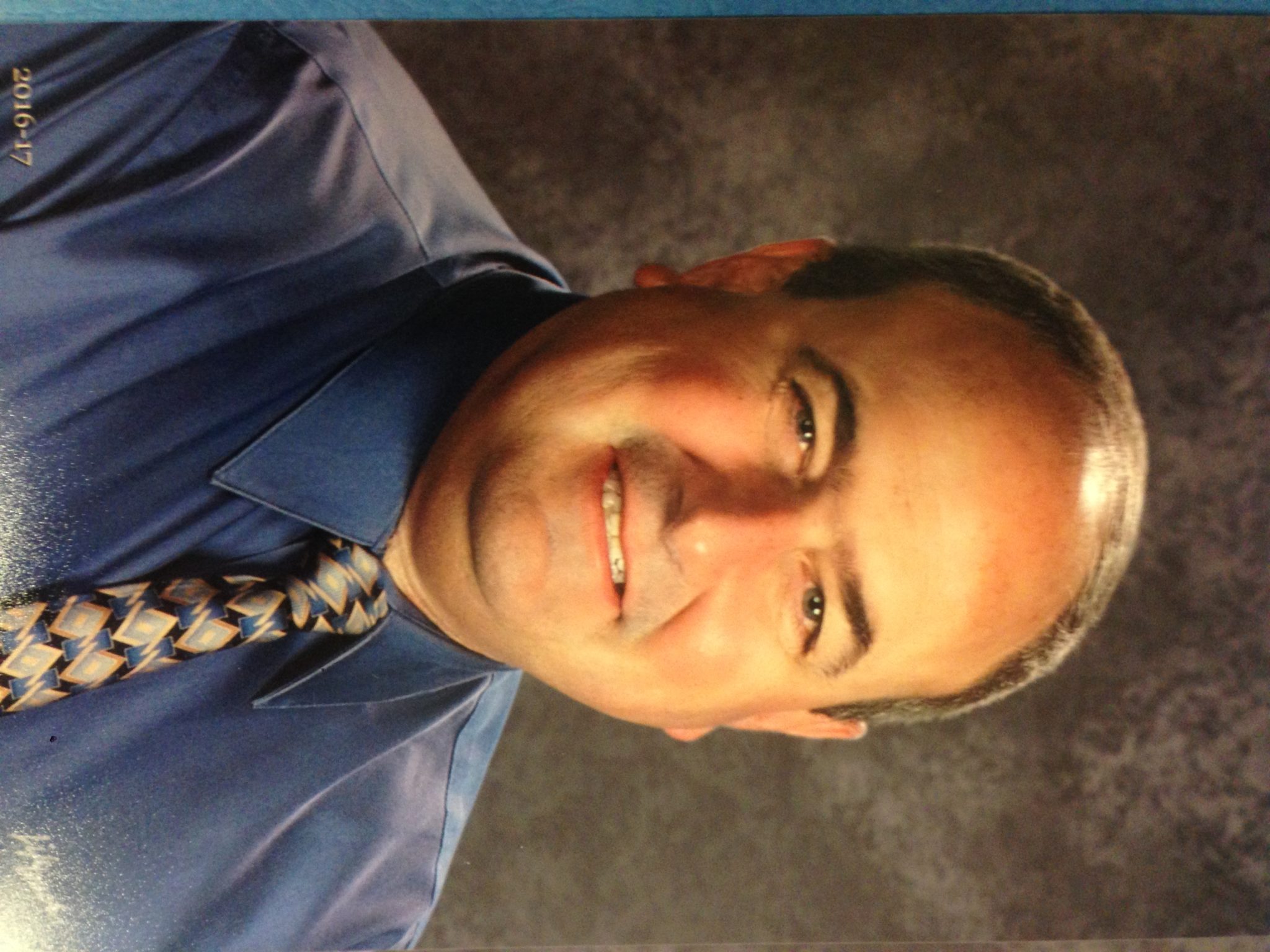
Students love the opportunity and challenge of problem solving and discovery and have responded positively to learning in this way.
Q: As Catholic school educators, did you face special challenges in integrating STEM-based activities into the curriculum — from the diocese, parents/parishioners, or others? Is STEM presented any differently in a Catholic school than, say, in a public school?
A: Barriers that we continue to address are finding opportunities for input and support from our faculty, parents and community. We have worked to increase the community understanding of STEM education through the local media, local civic group presentations and social media.
Changing mindsets of teachers and parents from the traditional classroom to problem-based/inquiry-based learning takes time to develop and perfect at all grade levels.
Public or Catholic education is the same for STEM education.
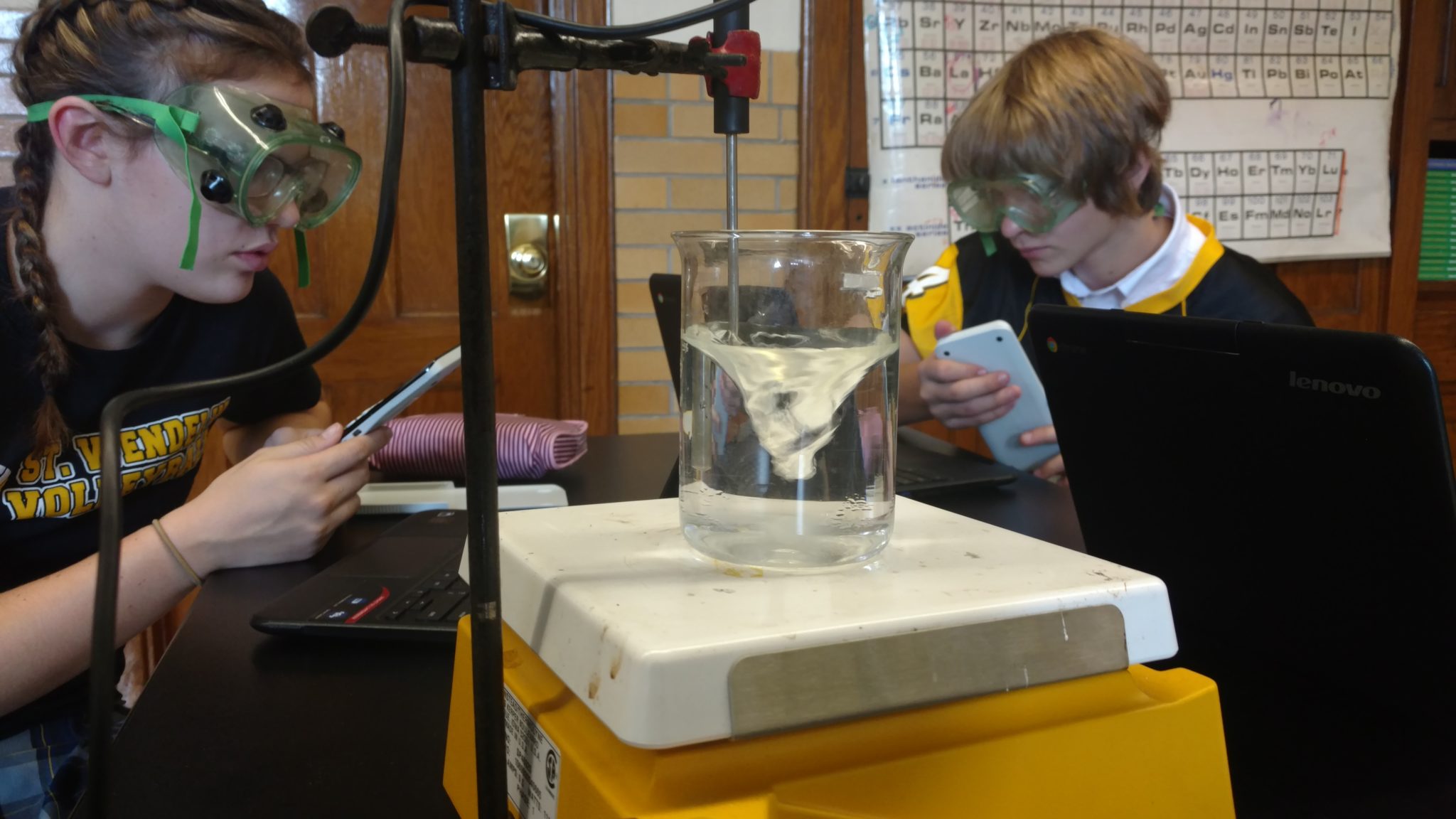
Q: Have you partnered with businesses and/or organizations in your community in this effort?
A: We plan to partner with 3M Corporation using the “3M Visiting Wizards” to encourage young people to become interested in science and technology by providing interesting science demonstrations and hands-on experiments on a variety of topics.
We have also partnered with local laboratories, manufacturers and a landfill to collaborate on real-world problem-solving activities.
Q: You both are participating in the Innovative Leaders Institute. Why did you decide to participate?
A: We decided to participate in the Innovative Leaders Institute to ensure our program was based on evidence-based and peer-reviewed STEM curriculum principles.
Q: What have you learned at the institute? Based on your sessions so far, would you recommend it to other educators?
A: We have learned the essentials of STEM education. We have also discussed rigorous and problem-based learning and have been able to use the program to establish strategic and tactical goals for our curriculum.
I would recommend this type of institute to any organization that wants to enhance STEM staff foundations and student-centered curriculum that focuses on 21st-century learning.
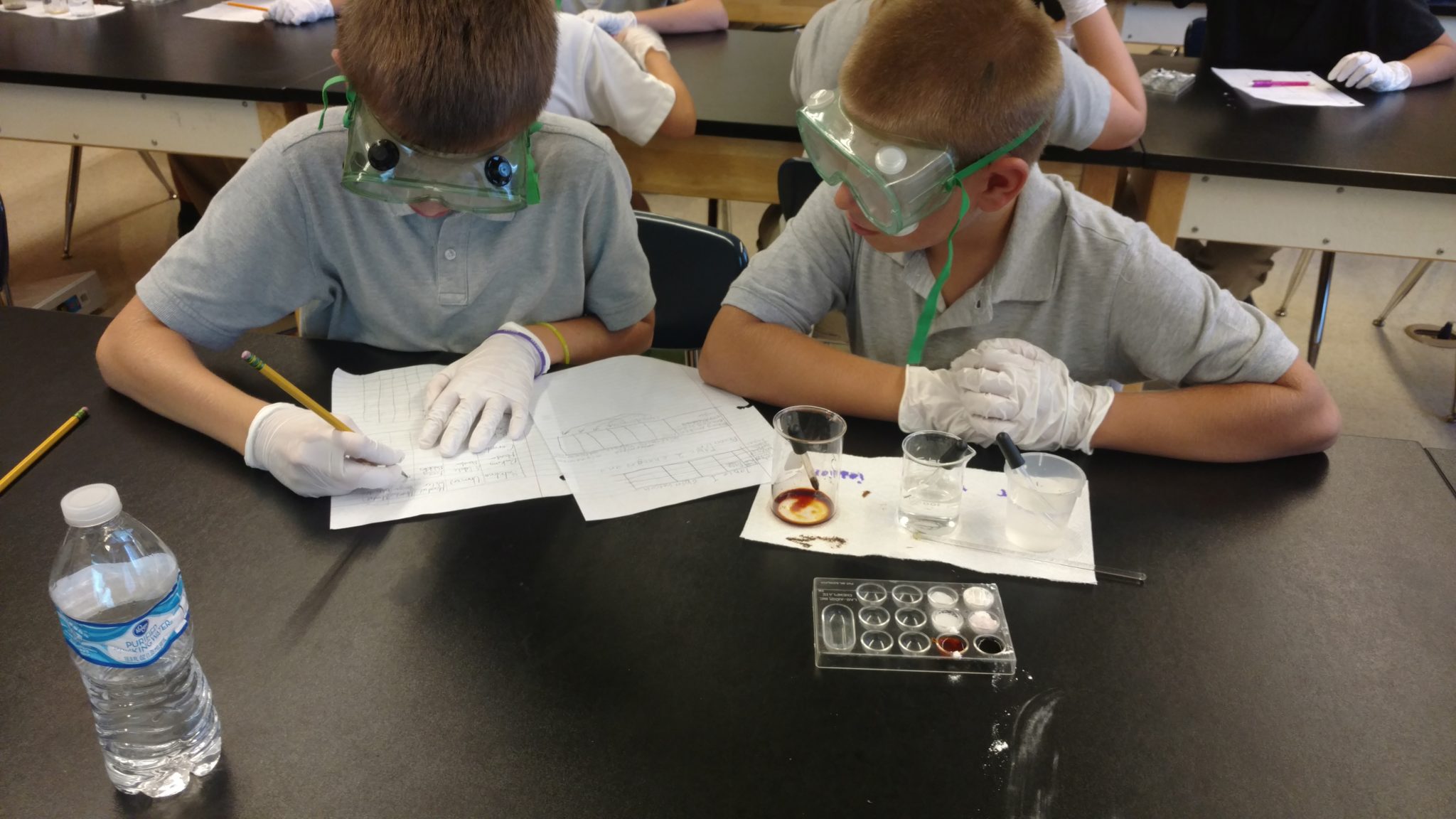
Q: Is there anything else you would like to share about your experiences with STEM-based education at your school?
A: STEM education must include key stakeholders who understand that it is related and relevant to all courses and ensures 21st-century skills for successful learning.
Q: Finally, for those of us not familiar with St. Wendelin, can you tell us his story?
A: German settlers back in 1851 built the first St. Wendelin Catholic Church in Fostoria. The saint was probably chosen as the church’s patron because the original settlers came from the town of Wendel, Germany. Wendel was named after St. Wendelin, who was the son of a Scottish king. He became a shepherd, a hermit, a herdsman and a man of prayer.
Over time, the church grew, and, in 1887, an elementary school was built. In 1909, secondary education began. Today, St. Wendelin Catholic School continues the legacy of its founders by inspiring and challenging students in faith, goodness, discipline and learning. St. Wendelin Catholic School has a history of excellence and a faith-filled approach to learning.
Other photos from STEM at St. Wendelin
Edited by Patricia Bitler, freelance writer and editor.
